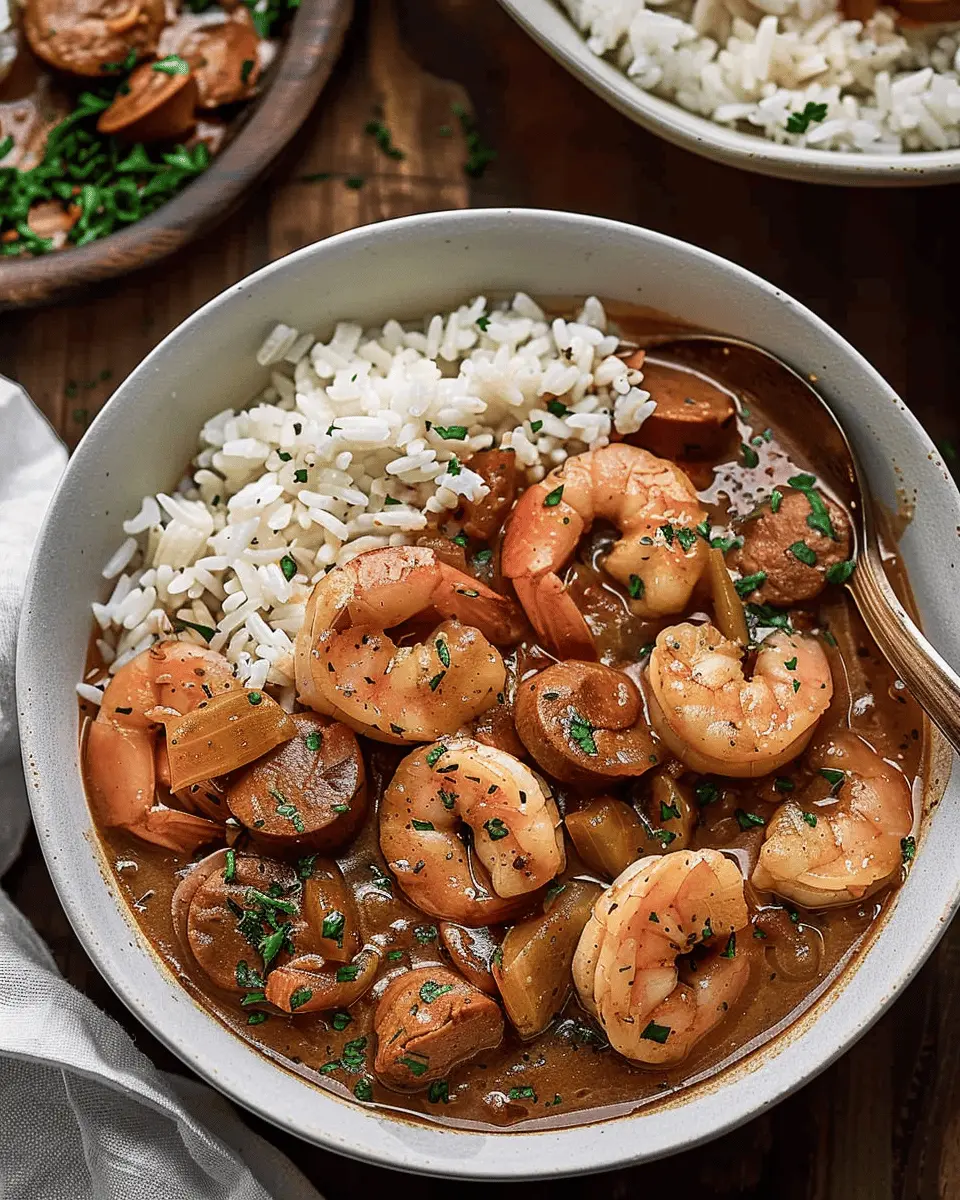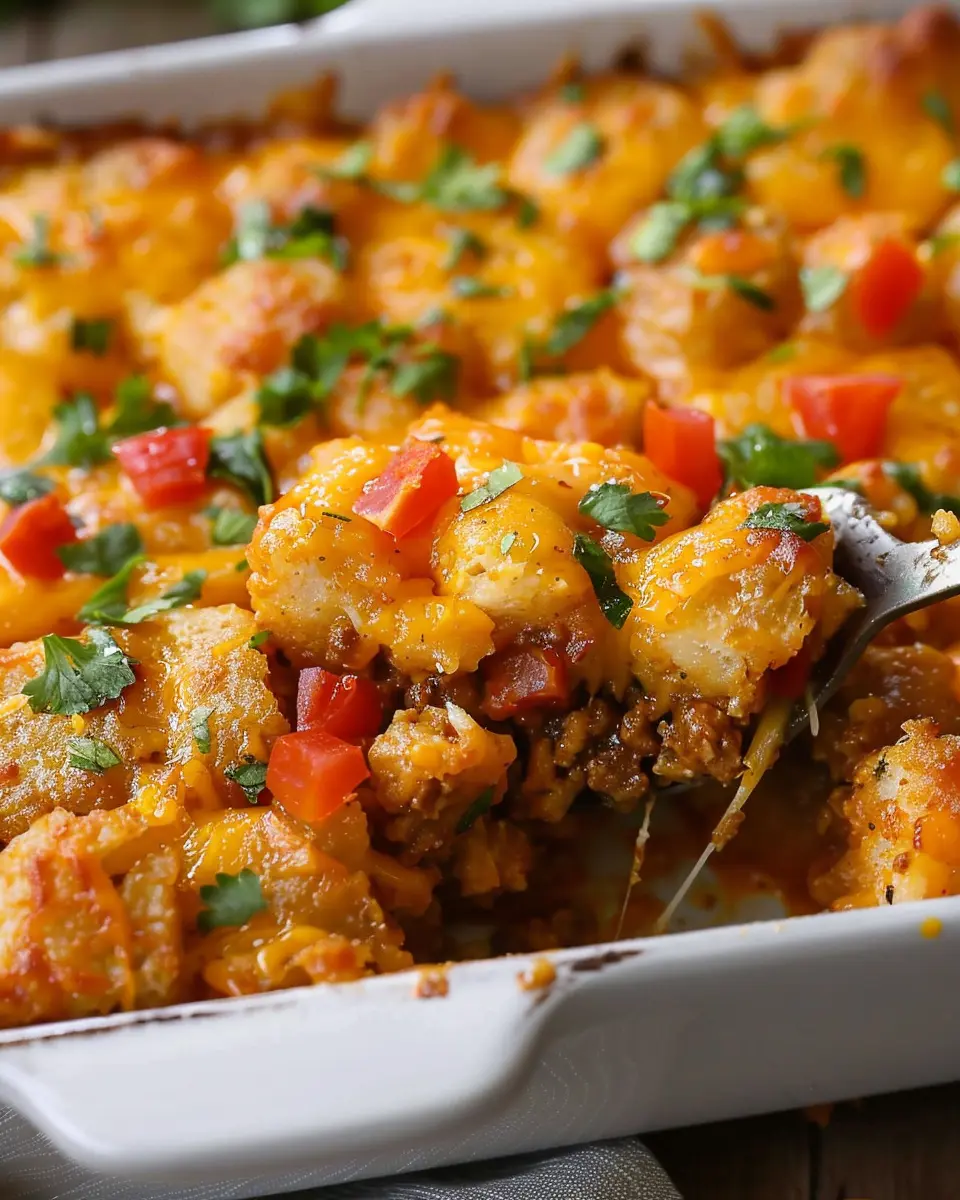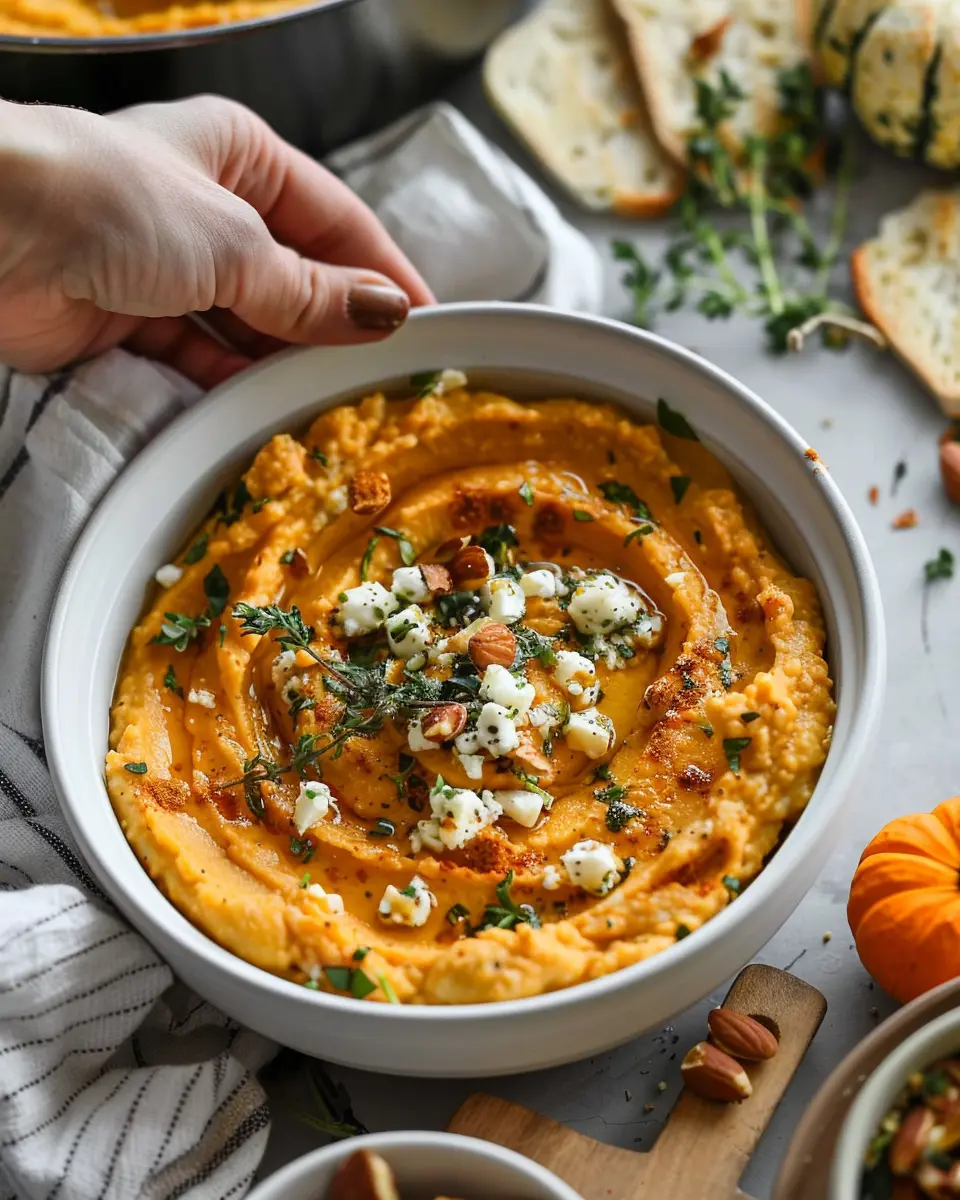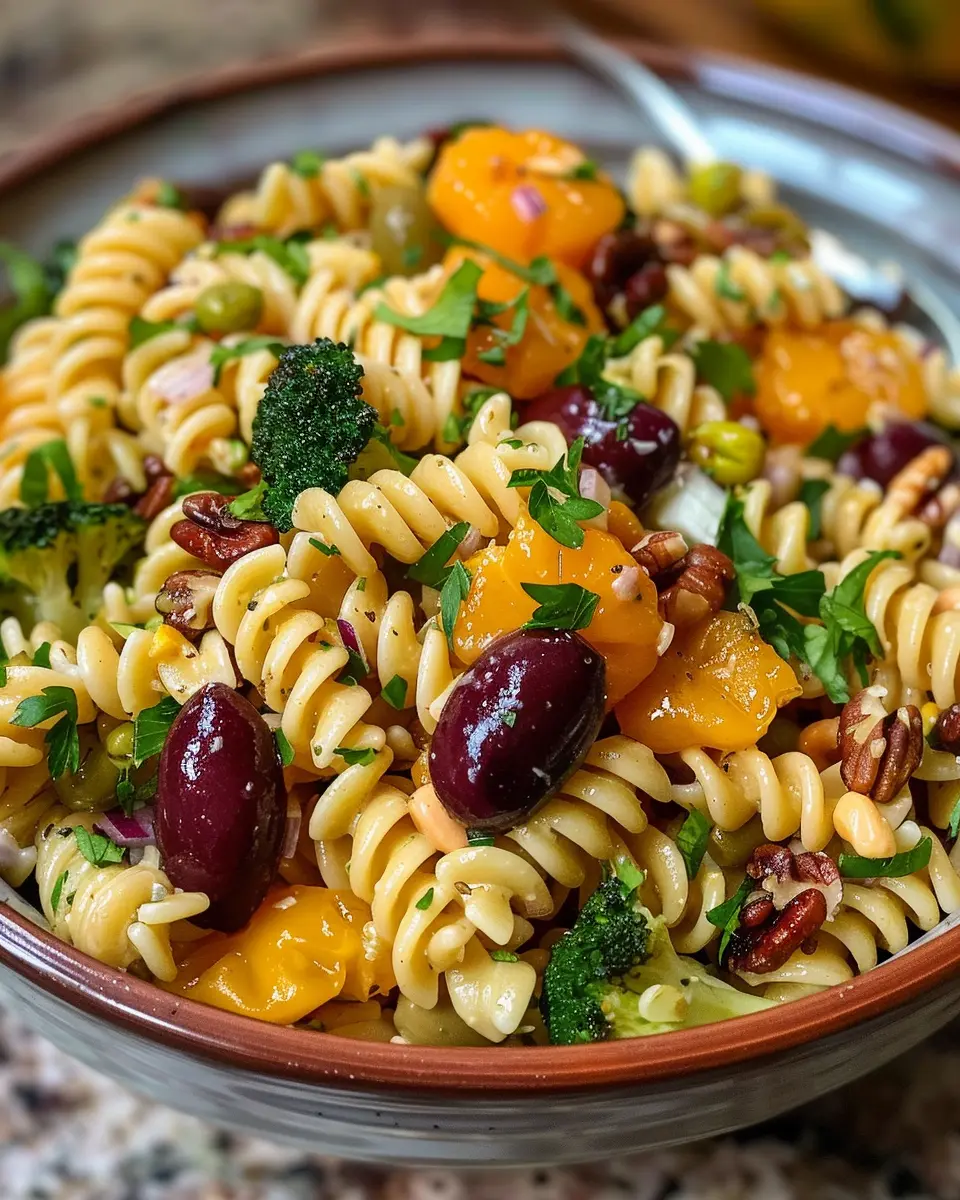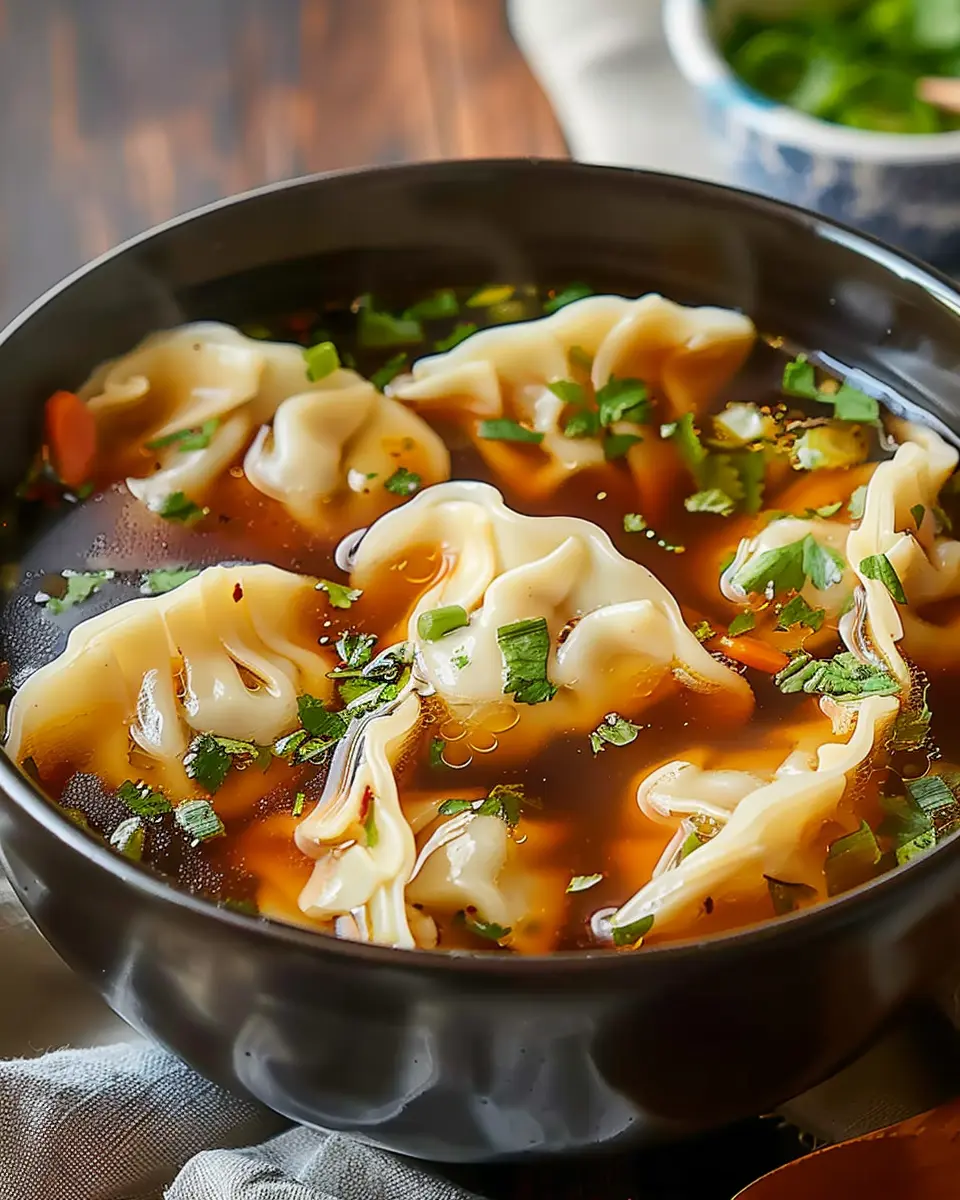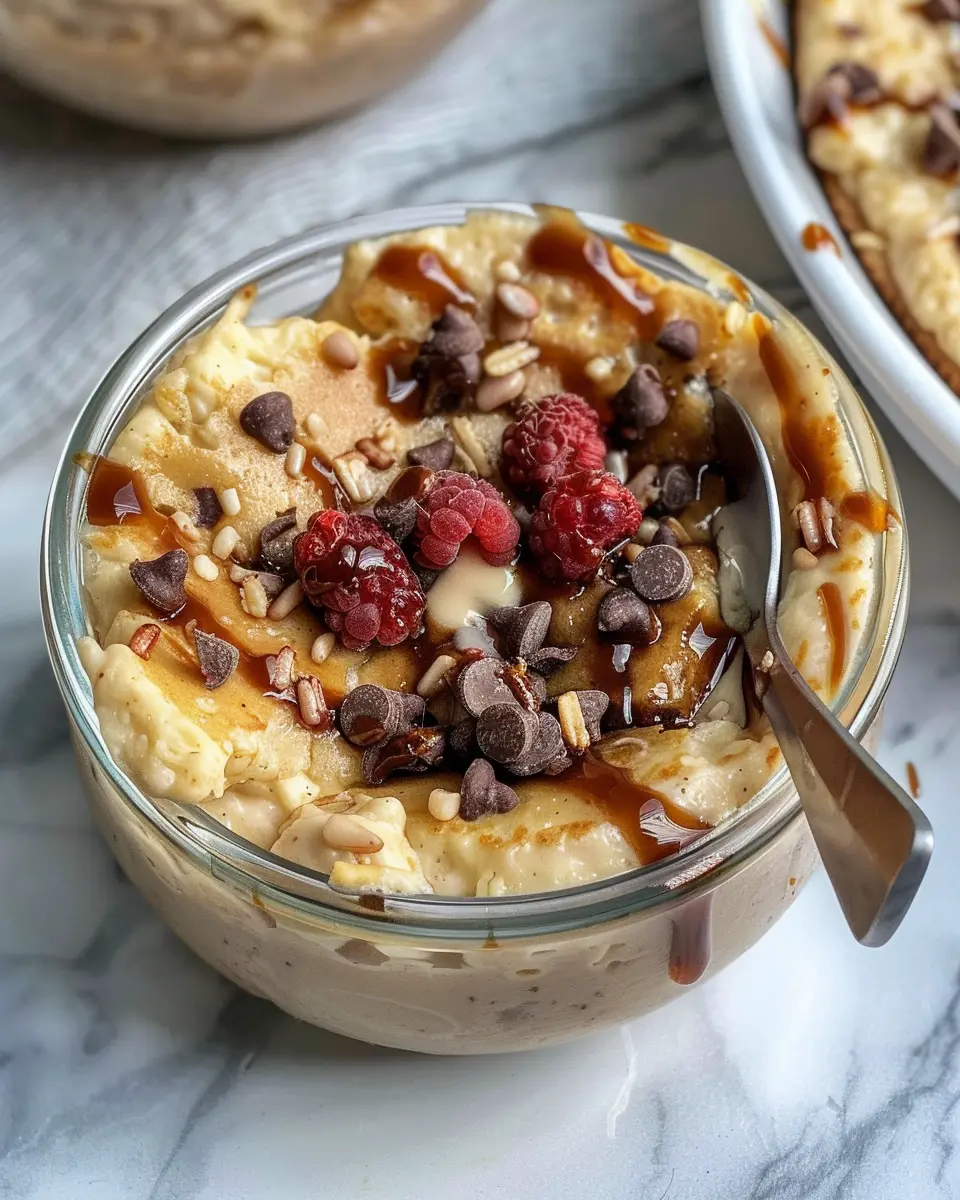Introduction to Gumbo Recipe
The rich history and culture behind this beloved dish
Gumbo is more than just a meal; it’s a rich tapestry of history, culture, and flavor that speaks to the heart of Louisiana. This hearty stew, often served over rice, is a melting pot of influences from African, French, Spanish, and Native American cuisines. Its origins can be traced back to the 18th century, when various cultures mingled along the banks of the Mississippi River, each contributing its unique ingredients and cooking techniques.
Did you know that the word “gumbo” is likely derived from the African word for okra, “ki ngombo”? This humble vegetable plays a critical role in many gumbo recipes, helping to thicken the dish and add a slightly herbal taste. The inclusion of other vegetables like bell peppers, onions, and celery, often referred to as the “holy trinity,” showcases the importance of fresh, local produce in Southern cooking.
As you dive into preparing your own gumbo recipe, you’ll find that there’s no single way to make it. Family traditions, regional differences, and personal tastes heavily influence what goes into the pot. For instance, some gumbo aficionados swear by a classic roux, while others opt for a quick and easy lighter version. This adaptability means that you can craft a gumbo that perfectly fits your palate, making it an engaging dish for seasoned cooks and beginners alike.
What makes gumbo even more special is its role in bringing people together. Whether it’s for Mardi Gras celebrations or a cozy Sunday dinner, gumbo is often the centerpiece of gatherings, further solidifying its status as a communal dish. In fact, a recent study showed that sharing meals can significantly enhance relationships and foster a sense of belonging among friends and family.
If you’re excited to learn more about the tasty diversity of gumbo, check out this article on Southern food traditions that further highlights its cultural significance. As you embark on your gumbo journey, remember: each bowl tells a story, and with every spoonful, you’re tasting a slice of history.
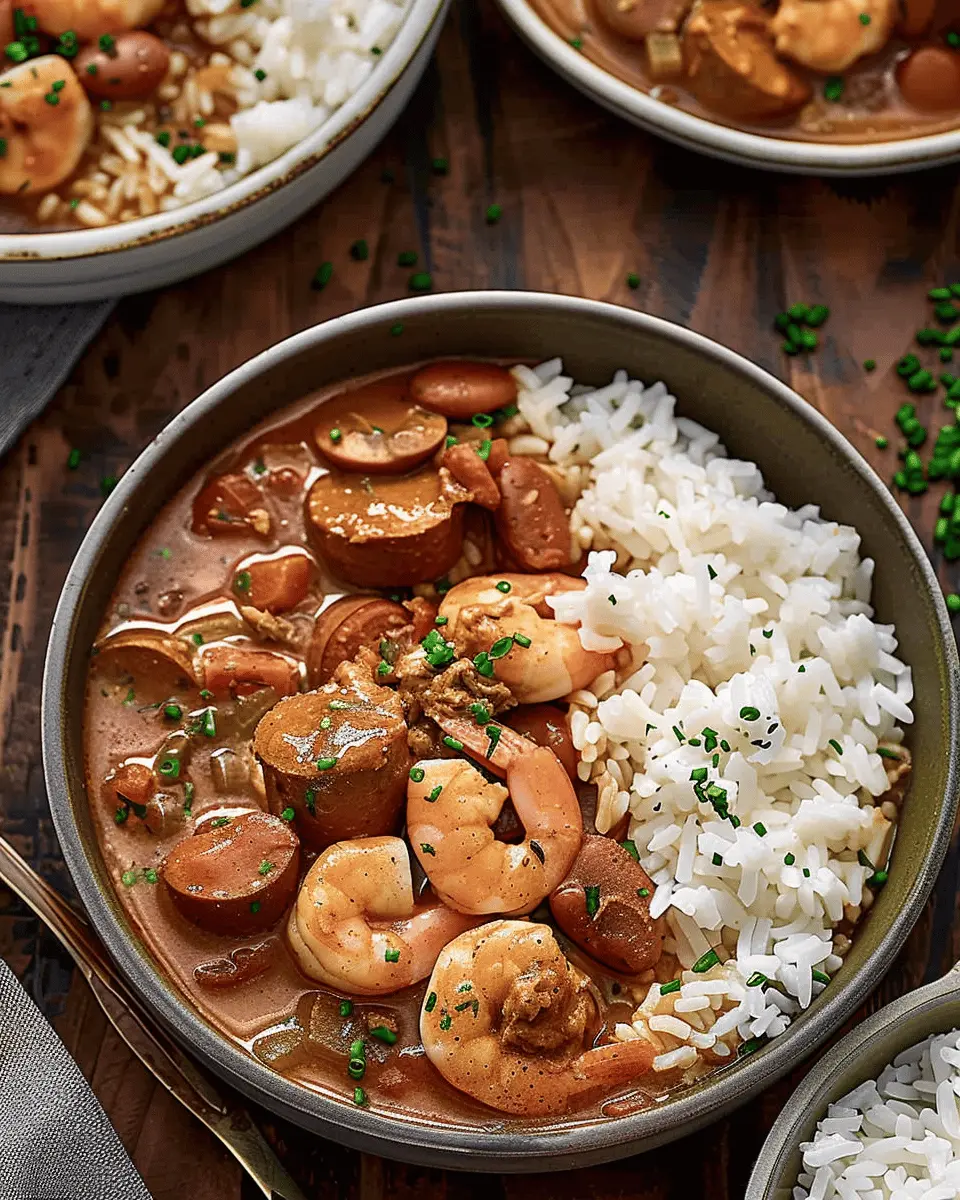
Ingredients for Gumbo Recipe
When diving into your flavorful gumbo creation, understanding the ingredients is key to achieving that signature taste. Let’s break it down!
Essential ingredients you’ll need
To set the foundation for your gumbo recipe, consider these must-have ingredients:
- Vegetables: The “holy trinity” of Cajun cooking – bell peppers, onions, and celery.
- Protein: Chicken ham, turkey bacon, and shrimp create a fantastic flavor combination.
- Stock: Chicken stock or seafood stock infuses richness.
- Spices: Bay leaves, cayenne pepper, and thyme add depth.
- Tomatoes: Diced tomatoes elevate the richness.
- Okra: A classic gumbo thickener featuring that quintessential texture.
Gathering these elements will have your kitchen smelling delightful in no time!
Optional ingredients for added flavor
Additionally, consider experimenting with optional ingredients to enhance your gumbo recipe further:
- Sausage: Andouille sausage adds a spicy kick.
- Fruits: A splash of lemon juice brightens flavors.
- Herbs: Fresh parsley or green onions as garnish can bring a pop of freshness.
For more tips and variations, you can check out this helpful guide on gumbo variations.
Embrace your creativity and personalize your gumbo to your taste—it’s a journey, not just a meal!
Preparing Gumbo Recipe
Creating a delightful gumbo is not just about throwing together a bunch of ingredients; it’s an art form that requires love, patience, and a good recipe. Whether you’re hosting a dinner party or enjoying a cozy night in, this gumbo recipe will have your guests coming back for seconds. Here’s how to prepare your very own gumbo, step by step.
Gather and Prep Your Ingredients
Before diving into the cooking process, it’s essential to gather your ingredients to ensure a smooth cooking experience. Here’s what you’ll need:
- Proteins: Chicken ham, turkey bacon, shrimp, and andouille sausage (or your favorite sausage)
- Vegetables: Onions, bell peppers, and celery (the holy trinity of gumbo), plus garlic
- Liquid: Low-sodium chicken broth and canned diced tomatoes (optional)
- Spices and Seasonings: Cajun seasoning, bay leaves, thyme, salt, and pepper
- Roux Ingredients: Flour and vegetable oil or butter
Start by chopping your proteins and vegetables into bite-sized pieces. This will save you time during cooking and ensure an even cook.
Make the Roux for That Authentic Flavor
The roux is one of the stars of this gumbo recipe, providing that rich, deep flavor you crave. Here’s how to make it:
- In a heavy-bottomed pot or cast-iron skillet, combine equal parts flour and vegetable oil (usually about ½ cup each).
- Stir continuously over medium heat. The key here is patience; it may take 20–30 minutes to achieve a deep, chocolate brown color.
- Don’t walk away! This step is crucial, as burnt roux can ruin your dish.
For additional guidance on cooking a roux, check out this detailed roux-making guide.
Sauté the Vegetables
Once your roux has reached that perfect color, it’s time to add the holy trinity—onions, bell peppers, and celery. The sautéing process is vital for sealing in flavor:
- Add your chopped vegetables to the roux.
- Sauté for about 5-7 minutes or until they become tender and aromatic.
- Stir in minced garlic and let it cook for about a minute.
This step not only enhances the flavors but also sets a robust foundation for your gumbo.
Add in the Proteins
With the vegetables tender, it’s time to incorporate your proteins into the mix:
- Begin with the turkey bacon and chicken ham, sautéing them until they’re browned.
- If you’re using any seafood like shrimp, add these just before your gumbo finishes simmering to avoid overcooking.
- Mix in your andouille sausage; its spicy kick will elevate your dish significantly.
As you combine the proteins, take a moment to enjoy those savory scents filling your kitchen. Cooking should be a sensory experience!
Simmer the Gumbo to Perfection
This step is all about infusing flavor. Here’s what to do:
- Pour in your low-sodium chicken broth and any diced tomatoes you wish to use.
- Season the mixture with bay leaves, thyme, salt, pepper, and cajun seasoning to your taste.
- Bring the gumbo to a gentle boil, then reduce the heat and let it simmer for at least 45 minutes. The longer it simmers, the more flavors meld together beautifully.
If you want to deepen the flavor even more, consider letting your gumbo sit overnight in the fridge and reheating it for the ultimate taste the next day.
By carefully following these steps, you’ll create a rich and satisfying gumbo recipe that embodies the spirit of New Orleans cuisine. Remember, the secret ingredient is always love and an adventurous spirit! Enjoy your cooking adventure!
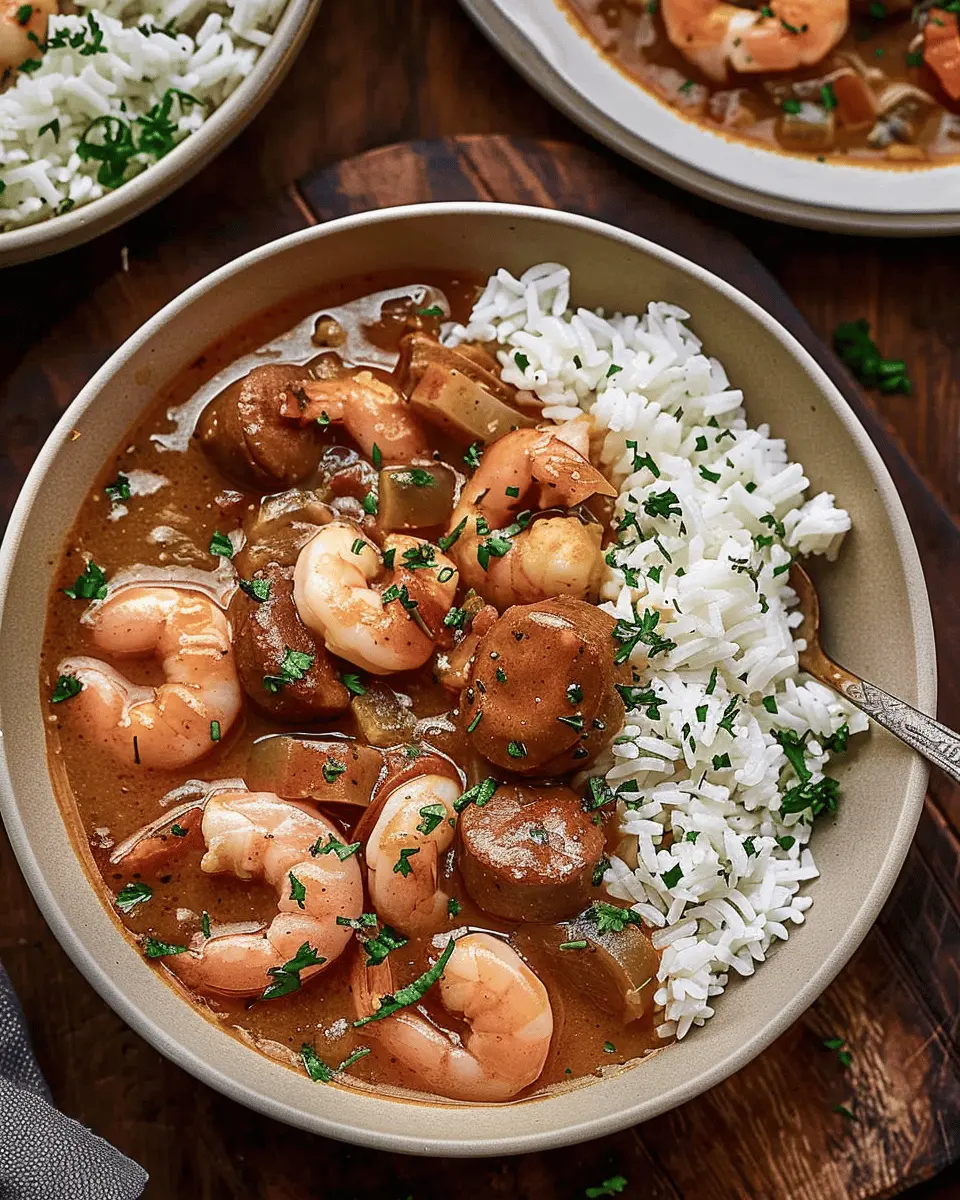
Variations of Gumbo Recipe
Gumbo is a dish that welcomes creativity with open arms, allowing you to tailor your recipe to your tastes or dietary preferences. Here are some delightful variations you can try:
Seafood Gumbo with Shrimp and Fish
For the ocean lovers, seafood gumbo is a mesmerizing choice. You can load your gumbo with tender shrimp and flaky white fish, balancing the flavors with spices like cayenne and smoked paprika. To find the freshest seafood, consider checking out local fish markets or reputable sources like Seafood Watch for sustainable options. The key to this version is the quality of your seafood—frozen shrimp works fine, but fresh fish is unbeatable!
Chicken and Turkey Bacon Gumbo
If you lean towards a heartier, meatier gumbo, a chicken and turkey bacon gumbo recipe might be right up your alley. The turkey bacon offers a rich, smoky flavor without the heaviness of traditional pork bacon, making it healthier while still packing a flavor punch! Try sautéing the turkey bacon first to render some of the fat, then using it to cook your Holy Trinity of onions, bell peppers, and celery. The result? A comforting stew that warms from the inside out.
Vegetarian Gumbo Options
Don’t worry, veggie lovers—there’s a gumbo for you too! A vegetarian gumbo recipe can be just as satisfying, filled with robust flavors from vegetable stock, okra, and a rainbow of veggies like zucchini and bell peppers. Adding lentils or chickpeas not only boosts protein but also creates a hearty texture that everyone can enjoy. Explore Plant-Based Recipes for inspiration on making this variation uniquely yours.
With these variations, gumbo can truly become your canvas. What will you create?
Cooking Tips for Gumbo Recipe
Key Techniques for a Flavorful Gumbo
Creating a mouthwatering gumbo recipe hinges on a few essential techniques that elevate the dish. First, focus on your roux, which is the heart of gumbo. Cook it slowly over medium heat until it reaches a rich, dark color; this can take anywhere from 30 minutes to an hour. Remember, a good roux is the foundation for a robust flavor!
Additionally, consider layering flavors by sautéing your aromatics—like onions, bell peppers, and celery—before adding your proteins. Using Turkey Bacon and Chicken Ham in place of traditional meats can add unique flavors without sacrificing depth. For more insight on aromatics, check out resources from The Spruce Eats.
The Importance of Letting It Rest
After all that hard work, don’t rush the enjoyment! Let your gumbo rest for at least 30 minutes after cooking. This allows the flavors to meld beautifully, resulting in a final dish that’s even more satisfying. Plus, resting enhances consistency, making it easier to serve. Trust me; patience truly pays off in the world of gumbo!
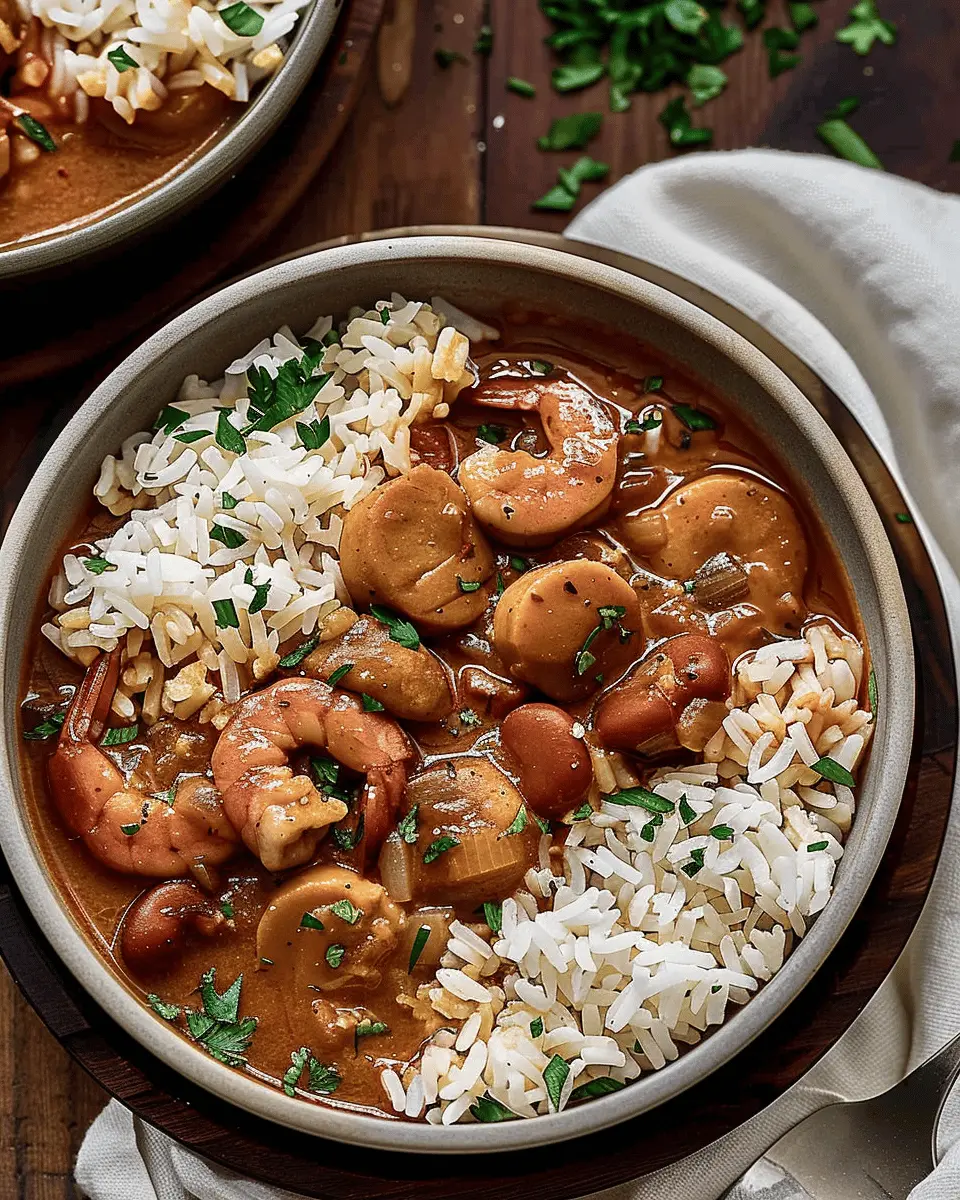
Serving Suggestions for Gumbo Recipe
When you whip up a delicious gumbo, you want to ensure it’s served just right. Let’s explore some delightful accompaniments and creative presentation ideas that will elevate your dining experience.
Best Accompaniments to Serve with Gumbo
Pair your gumbo recipe with these tasty sides to enhance the meal:
- Steamed Rice: A classic companion, it soaks up the rich flavors beautifully.
- Cornbread: Its slightly sweet taste provides a perfect contrast to the savory gumbo.
- Turkey Bacon or Chicken Ham: Crispy pieces can add a delightful crunch and earthy flavor.
- Green Salad: A fresh mixed green salad dressed with a zesty vinaigrette helps to refresh the palate.
For those looking to recreate authentic Southern flavors, check out local favorites like shrimp and grits as complementary dishes!
Creative Ways to Present Your Gumbo
Presentation can make a big difference! Serve your gumbo in unique styles:
- Individual Bowls: Make it personal by serving in individual bowls, topped with fresh herbs and a slice of cornbread on the side.
- Bread Bowls: Use crusty bread bowls to serve your gumbo, allowing guests to enjoy the delicious bowl after they finish the stew.
- Charming Garnishes: Sprinkle some chopped green onions or a swirl of cream on top for that restaurant-like touch.
These simple ideas can elevate your gumbo recipe from a home-cooked meal to a stunning dining experience that your friends will talk about for weeks!
Time Breakdown for Gumbo Recipe
When whipping up a delicious gumbo recipe, it’s all about timing. Here’s a simple breakdown to help you plan your cooking adventure!
Preparation Time
First things first, preparation is key. You’ll need about 15-20 minutes to gather ingredients like chicken ham, Turkey bacon, and fresh veggies. Chopping everything in advance can make your cooking experience smoother.
Cooking Time
As for cooking, expect to invest around 1.5 to 2 hours. This allows time for your homemade roux to reach that perfect depth of flavor and for all the ingredients to meld beautifully.
Total Time Required
All in all, you’re looking at approximately 2 to 2.5 hours from start to finish. While it may seem like a commitment, the result is a hearty gumbo that’s worth every minute! For more detailed cooking tips, check out resources from America’s Test Kitchen or Food Network to elevate your dish even further.
Nutritional Facts for Gumbo Recipe
When diving into the heartwarming world of a gumbo recipe, understanding its nutritional profile can help you savor every bite with a bit more insight. Here’s what you can expect in a typical serving:
Calories per serving
A hearty bowl of gumbo typically contains around 300 to 400 calories. This makes it a satisfying dish that’s perfect for a filling meal without going overboard.
Protein content
Packed with ingredients like Turkey Bacon and Chicken Ham, a serving of gumbo usually offers a solid protein boost, ranging from 15 to 25 grams. This is essential for those aiming to fuel their active lifestyles.
Sodium levels
While gumbo is undeniably flavorful, it can also be higher in sodium. On average, a serving may contain about 800 to 1,200 mg. To manage your intake, consider using low-sodium broth or rinsing canned ingredients before cooking.
For more information on healthy eating, check out the USDA’s guidelines on nutrition to help balance your meals. Enjoy your gumbo journey!
FAQ about Gumbo Recipe
When diving into the rich and flavorful world of gumbo, it’s natural to have questions. Here are some answers to common queries to help you make the best gumbo recipe possible!
What’s the secret to a great gumbo?
The magic of gumbo lies in its roux. This mixture of flour and fat, cooked slowly until it’s a deep chocolate color, forms the base of your dish. Patience is key—don’t rush it! Using high-quality stock, like homemade chicken or beef stock, can elevate your gumbo to the next level. Add your Holy Trinity—which consists of bell peppers, onions, and celery—to bring that authentic Southern flavor. Also, consider incorporating Spicy Sausage or even Turkey Bacon for an interesting twist. For more insights, check out this great resource on the importance of roux here.
Can I make gumbo ahead of time?
Absolutely! In fact, letting your gumbo rest for a day enhances the flavors. Store it in airtight containers in the fridge for up to three days. Just remember to reheat it gently on the stove, adding a splash of vegetable stock or water if it thickens too much.
What are some common substitutions?
If you’re missing certain ingredients, don’t fret! Here are some handy swaps:
- Instead of Chicken Ham, you can use smoked sausage for depth.
- If you need a protein boost, Beef can be a hearty alternative.
- Adjust vegetables based on availability; for example, zucchini or okra can add a nice touch.
Crafting your own gumbo is all about flexibility and making it your own! For more substitution ideas, visit this insightful article.
Incorporate these tips and you’ll be well on your way to mastering your gumbo game!
Conclusion on Gumbo Recipe
Embracing homemade gumbo in your kitchen
Making a gumbo recipe at home is not just about following a set of instructions—it’s about crafting a dish that tells a story. Each batch can reflect your personality, dietary preferences, and creativity. Plus, with the delightful blend of flavors and aromas, it’s hard not to feel like a culinary artist.
As you embrace this beloved dish, you’ll find it encourages experimentation. Why not try substituting with Turkey Bacon or Chicken Ham for a unique twist? And remember, the love and care you put into your cooking is what truly makes your gumbo special.
For more inspiration and tips, check out New Orleans’ Gumbo History.
So, gather your ingredients, invite friends over, and let the cooking magic unfold! Whether it’s a casual weeknight or a festive gathering, your homemade gumbo will surely impress.
PrintGumbo Recipe: Indulgent Turkey Bacon & Chicken Ham Delight
A flavorful and indulgent gumbo recipe featuring turkey bacon and chicken ham, perfect for a hearty meal.
- Prep Time: 15 minutes
- Cook Time: 45 minutes
- Total Time: 1 hour
- Yield: 6 servings 1x
- Category: Dinner
- Method: Stovetop
- Cuisine: Southern
- Diet: Gluten-Free
Ingredients
- 1 pound turkey bacon
- 1 pound chicken ham
- 1 cup chopped onions
- 1 cup chopped bell peppers
- 1 cup chopped celery
- 4 cups chicken stock
- 2 cups okra, sliced
- 2 tablespoons Cajun seasoning
- 2 cloves garlic, minced
- 2 tablespoons vegetable oil
- Salt to taste
Instructions
- In a large pot, heat the vegetable oil over medium heat.
- Add the turkey bacon and chicken ham, cooking until browned.
- Stir in the onions, bell peppers, celery, and garlic, sautéing until the vegetables are tender.
- Add the chicken stock, okra, and Cajun seasoning, then bring to a boil.
- Reduce heat and let it simmer for 30 minutes, stirring occasionally.
- Season with salt to taste before serving.
Notes
- This dish is perfect served over rice for a filling meal.
- Adjust the spice level by changing the amount of Cajun seasoning.
Nutrition
- Serving Size: 1 bowl
- Calories: 350
- Sugar: 3g
- Sodium: 800mg
- Fat: 20g
- Saturated Fat: 7g
- Unsaturated Fat: 10g
- Trans Fat: 0g
- Carbohydrates: 30g
- Fiber: 5g
- Protein: 25g
- Cholesterol: 70mg
Keywords: Gumbo, Turkey Bacon, Chicken Ham, Comfort Food
